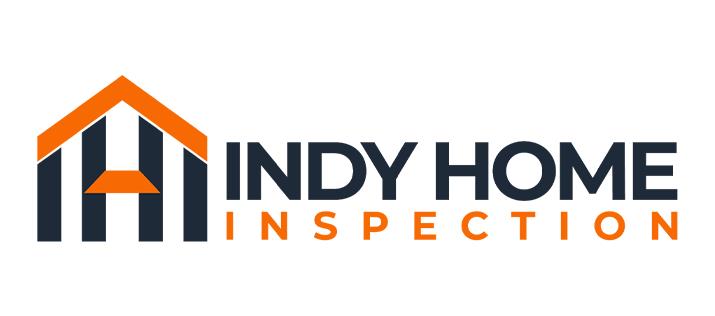So, you’ve found a house in the Indianapolis area that feels like the one. You love the neighborhood, the layout is perfect, and you can already picture your furniture in the living room. Your real estate agent says it’s time for the home inspection. But what does that actually mean?
If you’re a first-time homebuyer, the inspection can feel like a mysterious and nerve-wracking final exam for your dream home. But it doesn’t have to be.
At its core, a home inspection is simply a professional, non-invasive, visual examination of the home’s condition on the day of the inspection. Think of it as a comprehensive physical for the house. My job as your inspector is not to “pass” or “fail” the property. I don’t tell you to buy or not buy a house. I merely provide you with the detailed information you need to make a confident and informed decision.
What We Look At (The “Big Stuff”)
During a typical inspection, I methodically assess the major systems and components of the home. This includes:
- The Roof: I check the condition of the shingles, flashing, and gutters.
- The Structure: This includes the foundation and framing (what I can see of it).
- The Exterior: Siding, windows, doors, and drainage around the home.
- The Attic: Insulation, ventilation, and signs of any roof leaks.
- The Plumbing: I test fixtures, check for leaks, and assess the water heater.
- The Electrical System: I examine the electrical panel, test outlets (including GFCI/AFCI), and look for safety hazards.
- The HVAC System: I operate the furnace and air conditioning (weather permitting) and check the system’s general condition.
- The Interior: Walls, ceilings, floors, and built-in appliances.
What It’s NOT
An inspection is systematic but not technically exhaustive. We don’t perform destructive testing, meaning we won’t be opening up walls to see what’s behind them. It’s also not a code compliance inspection, although many defects we find may also be code violations. And home inspection findings do not guarantee that the items that seem to be functioning on inspection day will still be working for days, months, or years to come. However, like an annual wellness exam with your doctor, inspection reports are a key to giving you the big picture of your home’s overall health.
The Most Important Part: The Report
After the physical inspection, you’ll receive a detailed report. My philosophy at Indy Home Inspection is that a report should bring you clarity, not chaos. My reports are written in plain English, filled with high-resolution photos, and designed to help you understand the home’s condition. I’ll highlight any significant issues observed, identify potential safety concerns, and note many items that may need maintenance soon.
Sometimes I do find an issue on a major structural element of a home, weather it’s in new construction or an old historic home. My goal then is to look at the big picture and point you to resources that may provide reliable, cost-effective solutions you hadn’t considered. Your real estate agent and I both want nothing more than for you to finally acquire a safe and cozy house you will love.
The goal is to turn anxiety into knowledge. A home inspection is one of the most valuable tools you have in the buying process. It can give you confidence in your investment. It may give you and your agent a little negotiation power, and it gives you peace of mind as you take this exciting step.
That’s what a home inspection truly covers.
Have questions, or ready to schedule your inspection? Contact us today!
